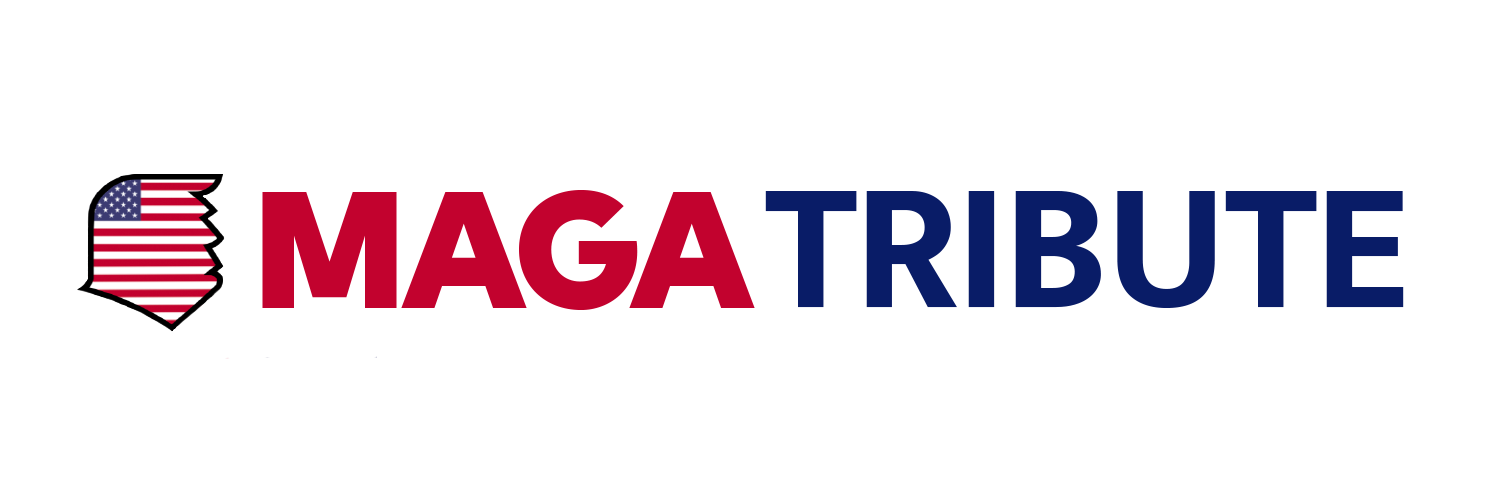The latest installment of the Elon Musk-endorsed “Twitter files” was published on Dec. 12, revealing more internal details about how and why the social media firm suspended former President Donald Trump’s account in January 2021.
In a Twitter thread, journalist Bari Weiss, a former New York Times editor who quit in 2020, recalled what Trump had written on Jan. 8, 2021, which referred to the results of the 2020 election. She noted that Trump had “one remaining strike before being at risk of permanent suspension.”
One post Trump issued on Jan. 8 was: “The 75,000,000 great American Patriots who voted for me, AMERICA FIRST, and MAKE AMERICA GREAT AGAIN, will have a GIANT VOICE long into the future. They will not be disrespected or treated unfairly in any way, shape or form!!!”
The second one he issued that day would end up being his last before his account was banned: “To all of those who have asked, I will not be going to the Inauguration on January 20th.”
“For years, Twitter had resisted calls both internal and external to ban Trump on the grounds that blocking a world leader from the platform or removing their controversial tweets would hide important information that people should be able to see and debate,” Weiss wrote on Dec. 12. “But after January 6, as @mtaibbi and @shellenbergermd have documented, pressure grew, both inside and outside of Twitter, to ban Trump.”
While some Twitter staffers disagreed with claims that Trump was trying to incite violence with the Twitter posts, according to company Slack message screenshots that were published in her thread, some employees—whose names were redacted—were angry that Trump wasn’t banned earlier. After the Capitol breach on Jan. 6, 2021, even more company workers demanded his ouster from the platform, those messages revealed.
“We have to do the right thing and ban this account,” demanded one Twitter employee three times in a row, according to the screengrab. Another claimed it wass “pretty obvious he’s going to try to thread the needle of incitement without violating the rules,” without elaborating or providing evidence. They had said that Trump’s two posts about Trump voters and him not going to the inauguration were an incitement to violence.
But one top official, Anika Navaroli, argued that she “also am not seeing clear or coded incitement in the DJT tweet,” adding, “I’ll respond in the elections channel and say that our team has assessed and found no vios [violations] for the DJT one.”
Navaroli wrote that Twitter’s safety division later had “assessed the DJT (Trump) Tweet above and determined that there is no violation of our policies at this time.”
“Less than 90 minutes after Twitter employees had determined that Trump’s tweets were not in violation of Twitter policy,” Weiss wrote, “Vijaya Gadde—Twitter’s Head of Legal, Policy, and Trust—asked whether it could, in fact, be ‘coded incitement to further violence.’”
About two hours after that, Weiss reported that Twitter executives held a 30-minute all-staff meeting including Gadde and former CEO Jack Dorsey. They answered questions about why Trump, who had nearly 90 million followers and used the app extensively, wasn’t suspended.
Later that day, Twitter announced that it suspended Trump “due to the risk of further incitement of violence.” After the account was banned, it wasn’t restored until last month, coming after Musk bought Twitter and fired numerous workers.
It was then noted that some world leaders, including Iranian Supreme Leader Ali Khamenei and Ethiopian Prime Minister Abiy Ahmed, had issued Twitter posts that appeared to incite violence against other groups.
Just days after Trump’s suspension, some Twitter staffers were calling for the platform to remove “medical misinformation” around COVID-19, according to the screenshots published by Weiss. Several prominent Twitter accounts, including mRNA technology contributor Dr. Robert Malone and journalist Alex Berenson, were suspended from Twitter over alleged violations to the company’s policies around COVID-19.
The firm under Musk has since rescinded its COVID-19 misinformation policy, according to an update on Nov. 23.
The “Twitter Files,” which were announced and endorsed by Musk, started on Dec. 2 with journalist Matt Taibbi revealing the firm’s efforts to suppress the New York Post’s Hunter Biden story in 2020.
Days later, Weiss reported on the second installment of the files, revealing how the firm created secret blacklists or how certain users were shadow-banned. The third and fourth portions—like the fifth—dealt with Trump’s ban.
Author Michael Shellenberger released internal Twitter documents that show executives with the firm deviated from company policy to ban Trump’s account. It showed how former Twitter trust and safety head Yoel Roth allegedly told a staffer that the firm would be “changing public interest approach” for Trump’s account “in this specific case.” The Epoch Times has contacted Roth for comment.
Trump, meanwhile, has indicated that he won’t use Twitter in several interviews and said he’d prefer to use Truth Social, his own platform. Since Musk restored his account in November, there have been no signs of activity.
“The biggest thing to come out of the Twitter Targeting Hoax is that the Presidential Election was RIGGED – And that’s as big as it can get!!!” he wrote on Truth Social on Dec. 9.
via gopusa
